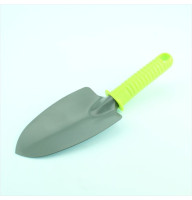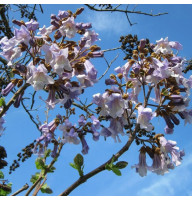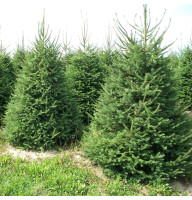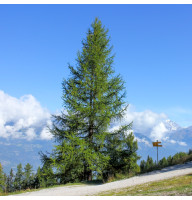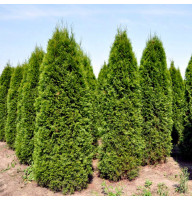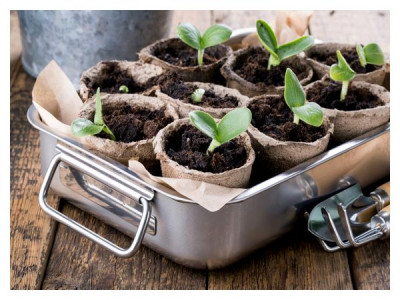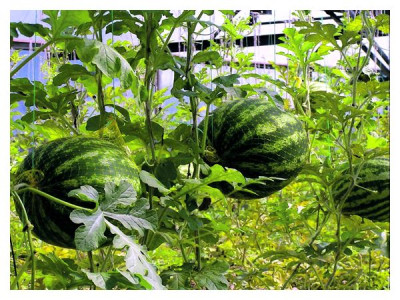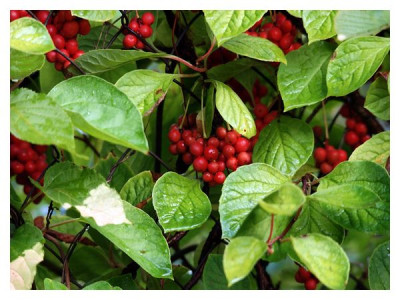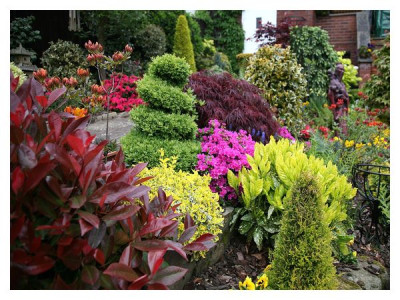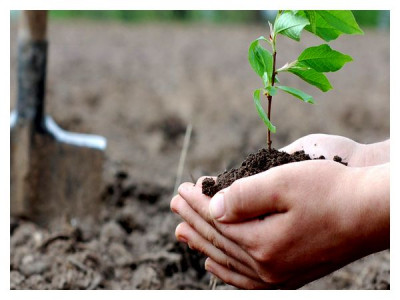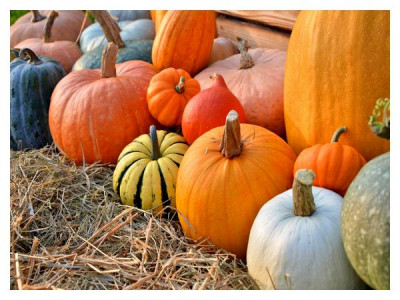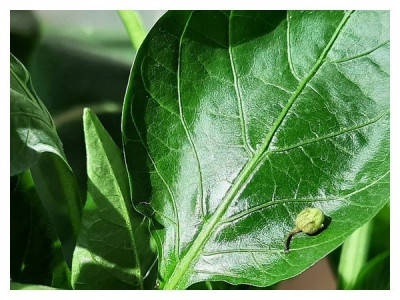Conifer seeds behave differently: some quickly and easily germinate immediately after sowing, while others, being at rest, require exposure to cold, i.e. stratification. This artificial process mimics what happens in nature to seeds after they have fallen to the ground in the fall.
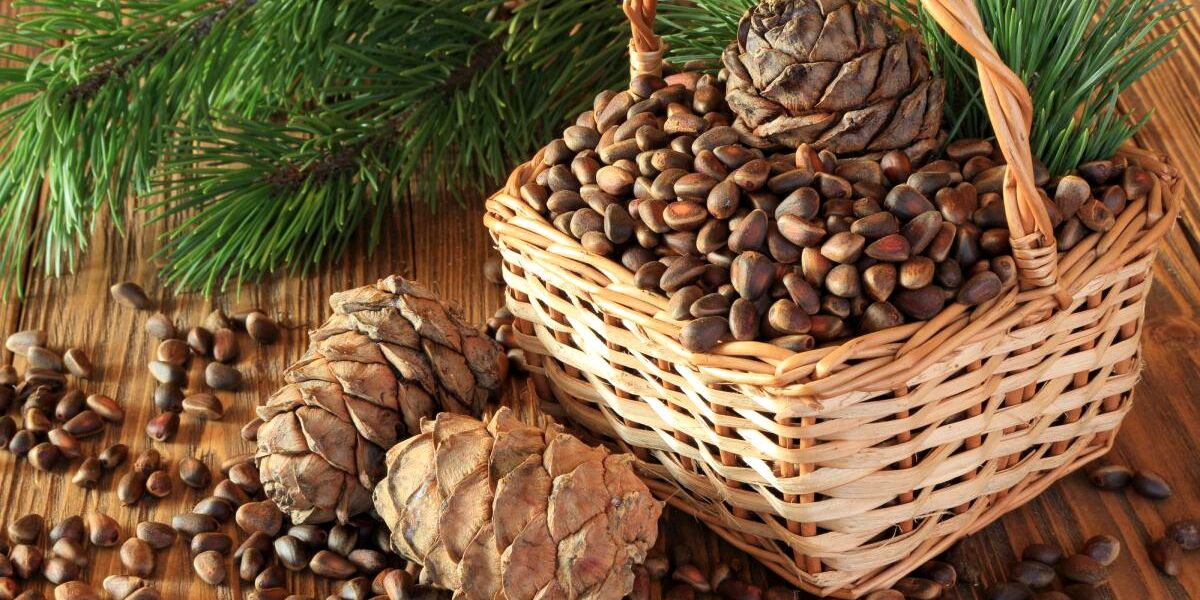
For cold stratification, the seeds are mixed with damp peat or sand, and stored in the refrigerator at +1-4°C for 1-6 months (depending on the species). After that, they can be sown or stored for a while. If the seeds have germinated in the refrigerator, they should be sown immediately. To avoid pathogenic fungi, the seeds are pretreated in a 0.5% solution of potassium permanganate for 2 hours before sowing.
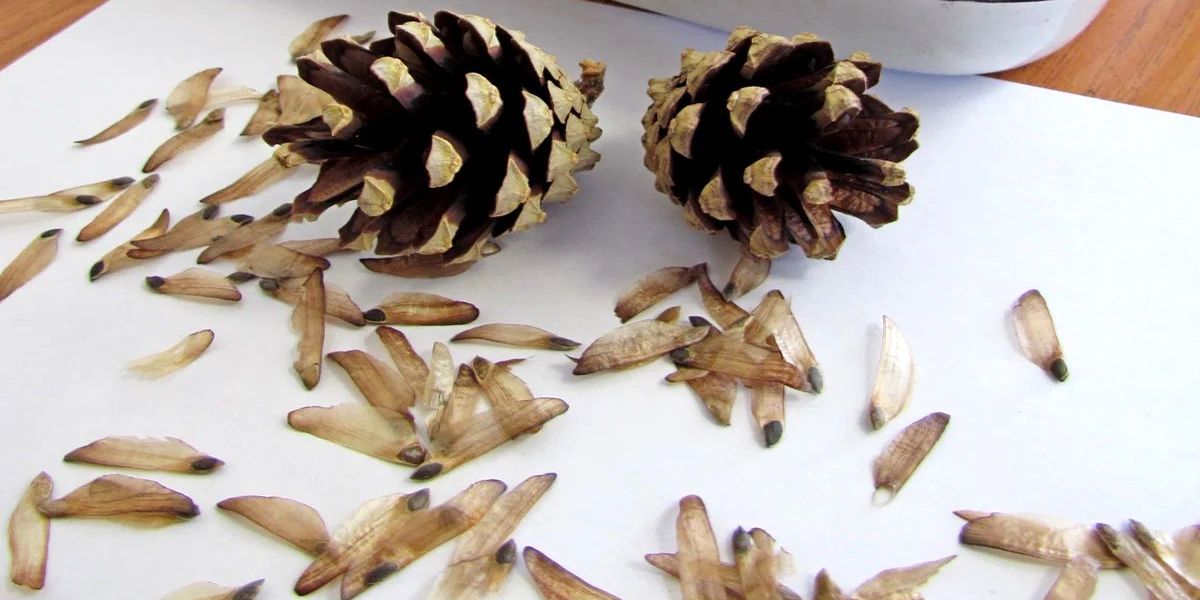
Spruce, fir, larch, pine with small seeds (such as common pine), thuja, cypress can germinate without stratification. But exposure to the cold for a month improves their germination. Cedar pines are sown in the fall or stratified for 4-6 months. Junipers and yew, on the other hand, require two-stage stratification. First, their conifer seeds are mixed with wet sand and kept for 2-4 months in a warm (15-2Q-C) ventilated room. Then transferred to a refrigerator (its lower compartment) for 2-3 months. In this way there is an imitation of summer and winter. You can just sow the seeds and wait 2-3 years. It is reliable, and no special efforts are needed. The only danger in this case is mice, which can completely destroy the crops.
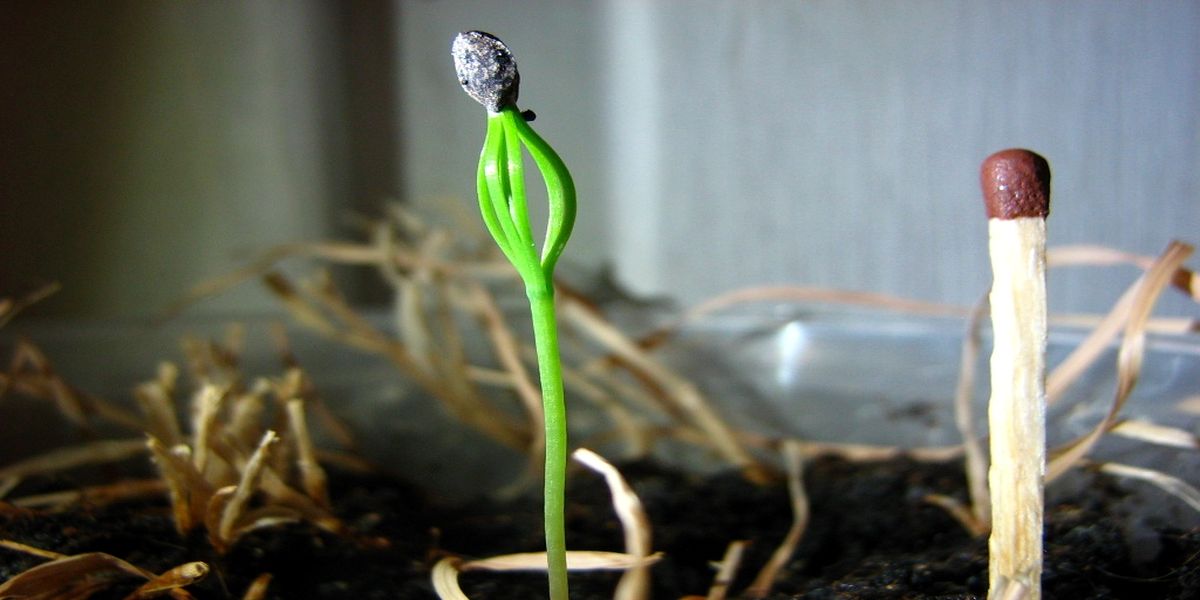
Sprouts of conifers are small and delicate, they can hardly withstand overheating and drying of the soil, dry air and strong wind. Therefore, it is better to grow them in the penumbra, where soil and air retain more moisture than in an open place. Pine and larch are more resistant. In general, for all conifer seedlings, the ideal place would be a greenhouse hidden from the scorching midday sun in the shade of trees or buildings. If the space is open, you will have to shade the crops from the south side with shields.
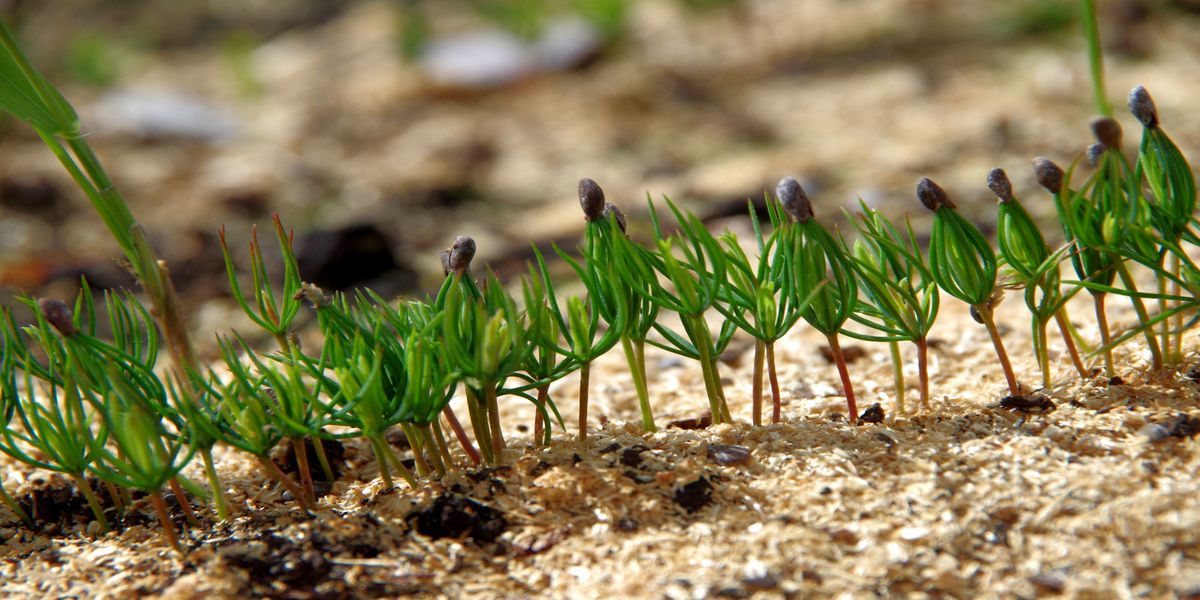
Weed grasses are always known to outstrip the growth of cultivated crops. Sprouts of all types of conifers will be no exception. Therefore, start preparing the soil with a big weeding: deep digging of the soil or treatment with herbicides, for example, Roundup or Lontrel. Thanks to this, both perennial rhizomes and the seeds of most weeds will be destroyed.
For the cultivation of conifer seedlings, sandy loamy soil rich in organic matter is better suited. It warms up faster in spring, holds water well, and gives seedlings all the elements of mineral nutrition. Medium and heavy loam soil dries up slowly and warms up in spring, quickly compacts and swells after irrigation or rains, forming a crust, because of which the roots cannot fully "breathe".
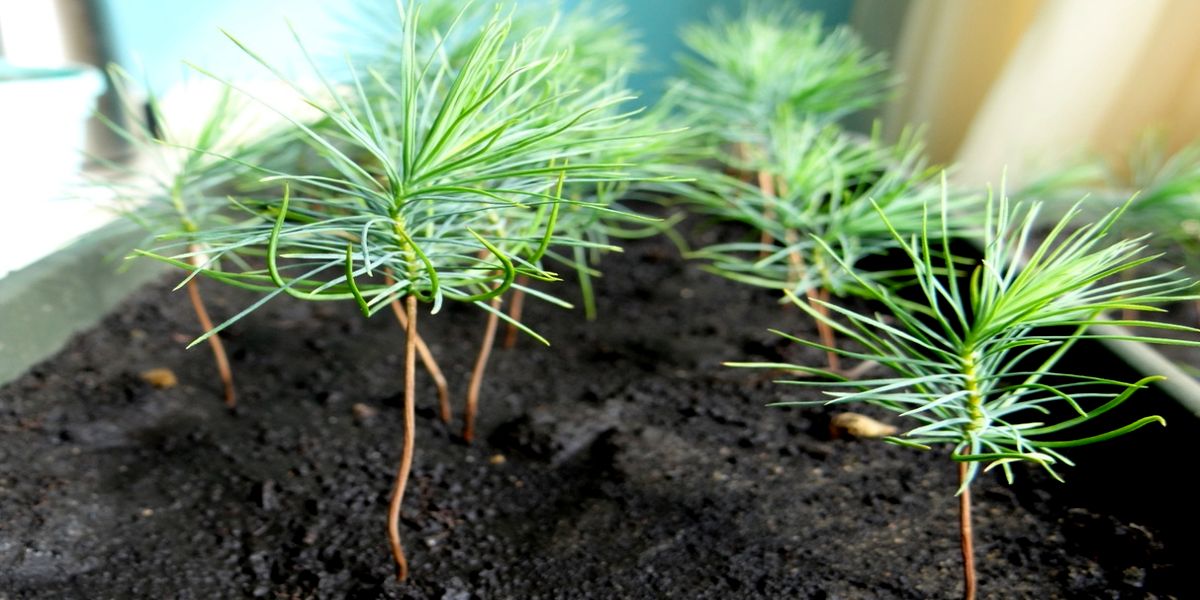
Still, natural soil is not very good for seed germination and seedling development of conifers. For this purpose, sphagnum peat or sawdust filled with complex fertilizers is much better. It is important that the pH of the substrate is 5-6. It is even easier to use ready-to-use peat substrate for seeding. It already has optimal acidity and is filled with fertilizers. Here spruce, pine, thuja, larch and other conifers sprout in the substrate earlier in the spring than from the soil. And the germination of seeds here is also much higher. After all, peat is very loose, warms up well, easily absorbs moisture and lets air through. It is sterile - it does not contain pathogenic fungi and bacteria. But it is because of them that a huge number of coniferous sprouts (sometimes all 100%) sown in ordinary soil die. According to foresters' experience, the height of one-year seedlings on peat substrate is higher than on mineral soil by 55% on average, two-year seedlings - by 48%.
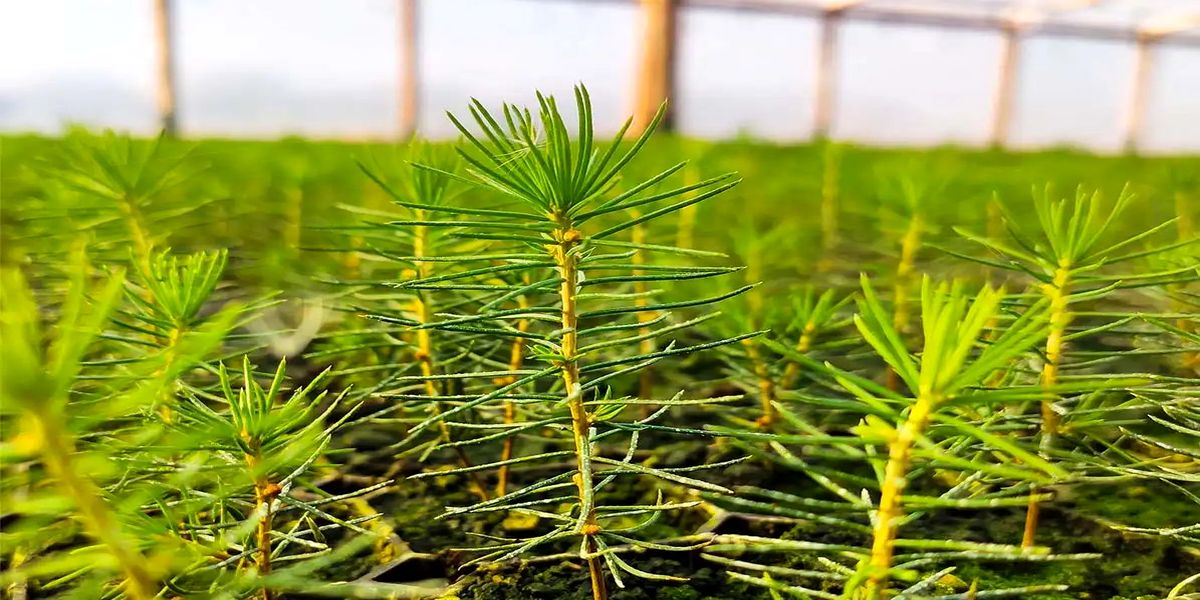
Mass sowing is done in rows on beds, and with a small number of seeds - in pots. The soil surface (the so-called bed) is leveled and slightly compacted with a wooden bar. The seeds are evenly distributed on the bottom of the line so that the distance between them is about 1 cm. Small seeds, such as those of spruce, fir, larch, common pine and other species, are sown to a depth of 0.5-1 cm. "Cedar nuts" - to a depth of 2-3 cm. Guided by the following rule: the depth of embedding should be equal to 4-5 times the thickness of the seed. Sowing is covered with sand, which facilitates the exit of small and delicate sprouts, prevents the formation of crust and the growth of mosses. Sprouts usually appear 2-4 weeks after sowing. Sprouts require special attention and careful care.
Seedlings are watered, loosened, and weeded. Water early in the morning and evening, and then loosen. The roots of the seedlings are very weak, and therefore require regular moisture.
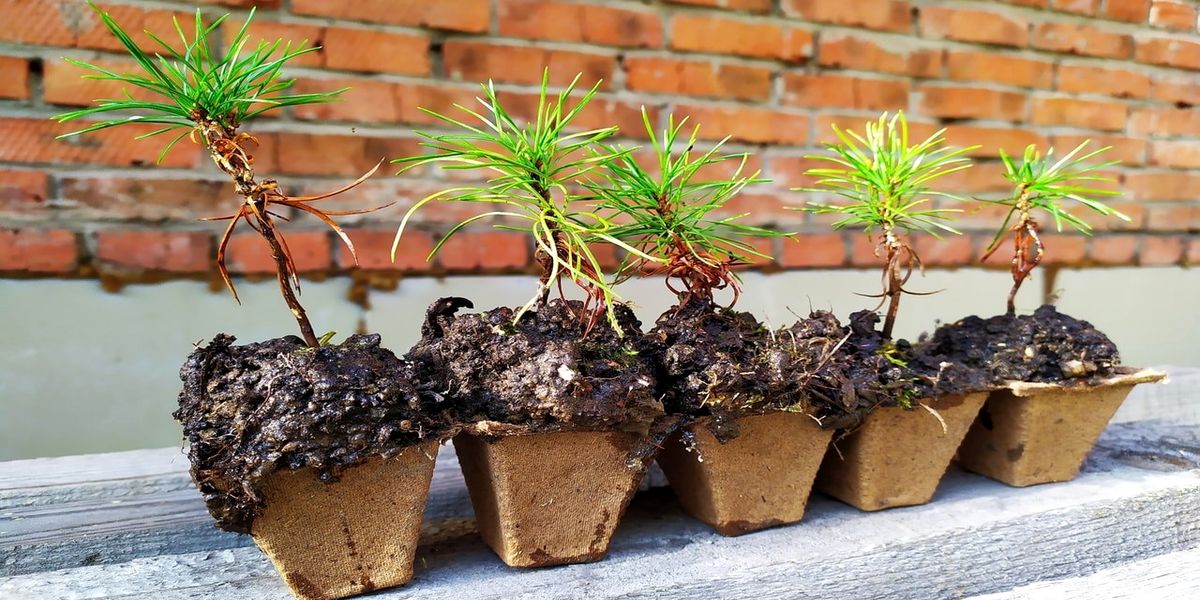
Seedlings are fed with readily soluble mineral fertilizers. The first time - about a week after germination of the main mass of seeds and shedding of empty seed shells from the seedlings. The next fertilization - every 2 weeks.
To prepare young plants for winter, in August and early September they are given a nitrogen-free autumn fertilizer - potassium monophosphate, ash and so on.
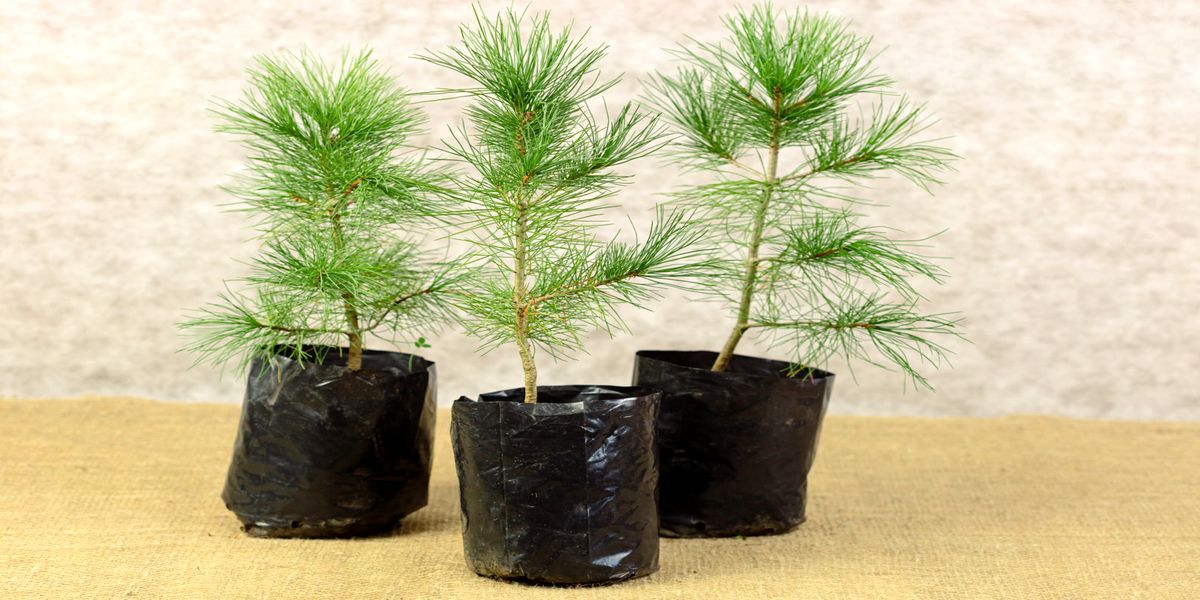
As soon as plants with fungal infections are found, all sprouts are sprayed with a solution of Fundazole or other fungicides. Diseased seedlings are removed. In one place seedlings of most conifers grow to a size of 20-30 cm usually within 2-3 years. After that, they are planted in a permanent place or planted and brought up to the desired size.

